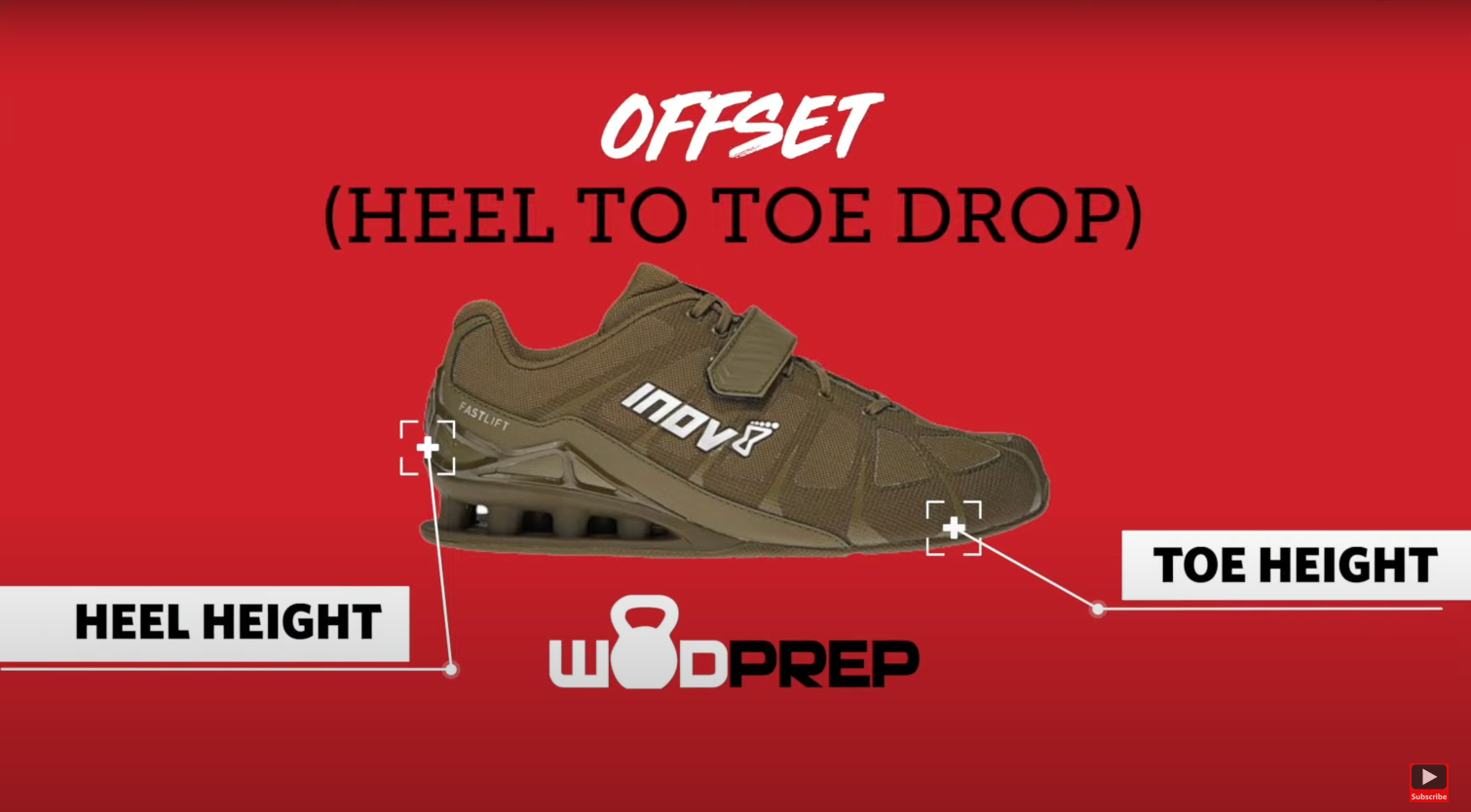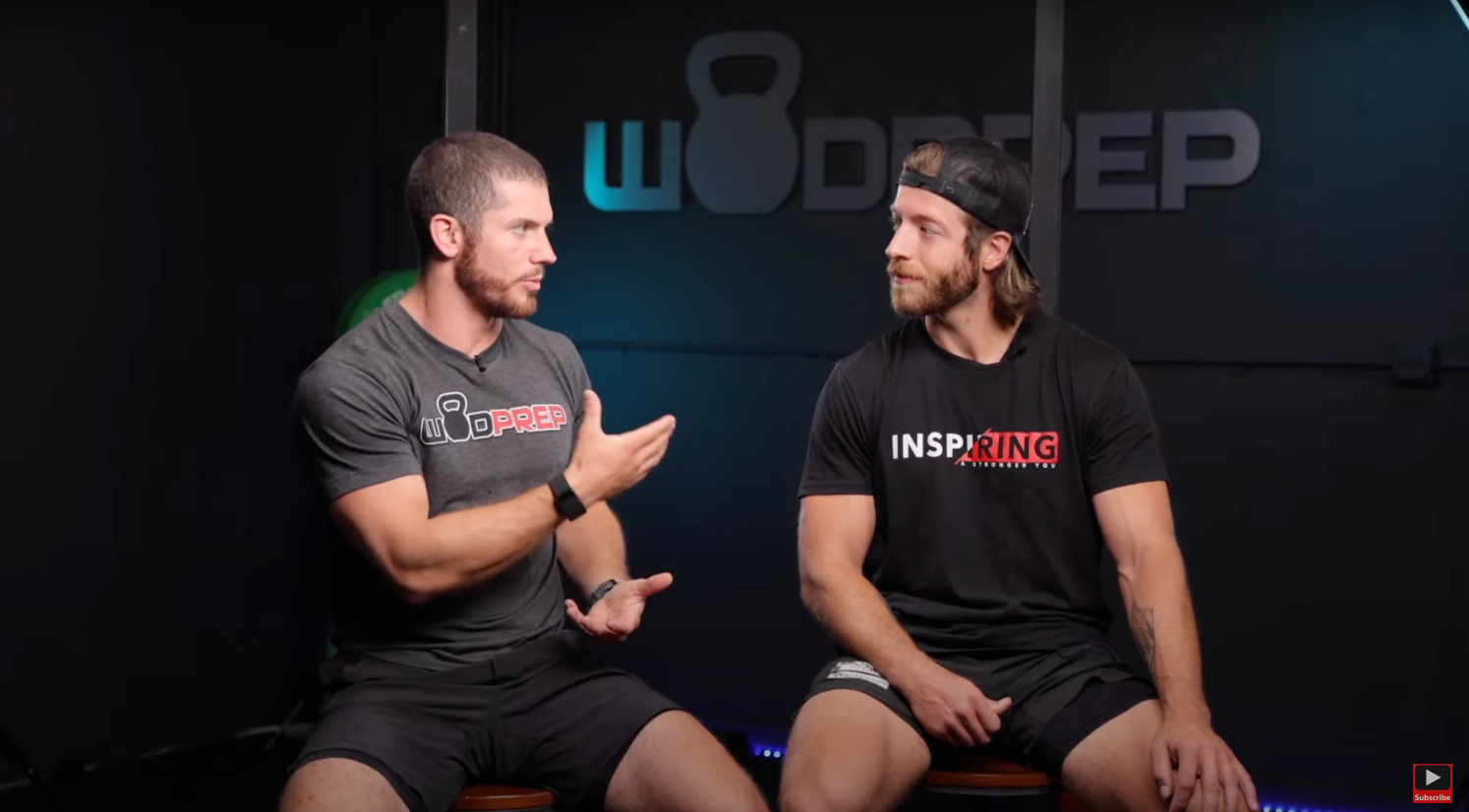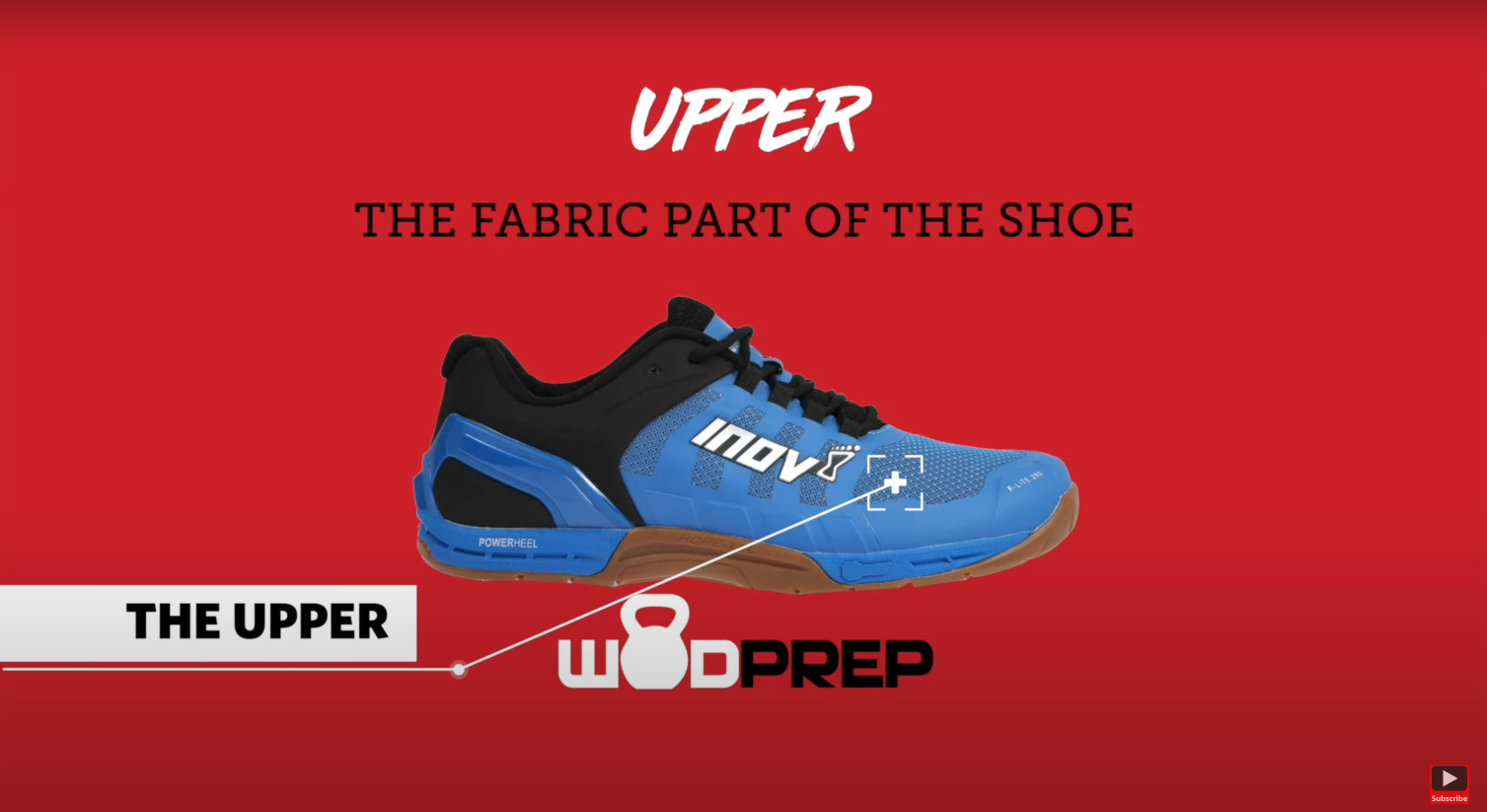I've had my fair share of shoes over the years—some that left me with nasty foot blisters, others that felt like a dream, and then there were those that fell apart right when I needed them most. Oh, and let's not forget the ones that made my feet cramp up or just didn't feel right at all.
Let me break down the essentials of choosing your perfect training shoes. After reading this, you'll know exactly what to look for, no matter what kind of workouts you're into.
What really matters when picking out your training shoes? That's the key question I want you to take away from this. We can obsess over construction details, but what actually impacts performance?
Are you a runner? A heavy lifter? Do you spend most of your time squatting? In the world of CrossFit® shoes, we do it all.
So let's dive in.
Number 1: Offset, or the heel-to-toe drop
First up: Offset, or the heel-to-toe drop, and why it's crucial for your training. Offset refers to the height difference between your heel and your toe when standing in the shoe.
Why does offset matter in cross-training? Well, some folks prefer lower offsets, while others swear by higher ones. How does offset affect your lifting and biomechanics?
A higher offset means your foot starts in a slightly raised position, which can improve dorsiflexion and allow for greater depth in squats with an upright torso. Heel-to-toe drops usually range from 2 to 8 millimeters, with 4 to 6 being the sweet spot for many.
But it's not just about the numbers. It's about how your body feels in the shoe. For instance, I'm currently loving a shoe with a 6-millimeter drop, while a zero-drop shoe feels entirely different.
For serious lifters, a 6 to 8-millimeter drop might be ideal, while those leaning towards a more natural feel might opt for zero to 4 millimeters.
Then there's the Metcon Five and Six, which come with an insert that adds an extra 8 millimeters to the 4-millimeter base, making a noticeable difference in elevation.
So, in summary, higher offsets make squatting easier but might feel odd for running. Some people thrive in zero-offset shoes, while others prefer the lift of a higher offset. It's all about personal preference.

Number 2: TOE BOX (the space for your toes!) and Creating a Good Base For Strength Training
Let's talk about the toe box. The toe box is essentially the room available in the front part of the shoe for your toes to move around.
Now, why does this matter, especially in lifting? Well, consider the variety of movements in cross-training. You need ample space for your toes to spread out and grip the ground, providing stability and a solid foundation for your lifts.
In the world of CrossFit® shoes, there's often this notion that you have to go with what's popular, like the Nike Metcon because that's what the champs wear. But here's the thing: if you're experiencing heel slip or feeling cramped in certain shoes like the Metcon or Nano, it might be because the shoe's design doesn't match your foot anatomy.
Shoe companies typically create shoes based on a specific foot mold, known as "the last," which represents the average foot shape of their target audience. So if you find yourself struggling with fit in one brand, it's not necessarily your fault—it's just that the shoe isn't tailored to your foot shape.
For instance, Metcons tend to run narrow, while Nanos offer a wider toe box. This variation in toe box width accommodates different foot shapes.
I remember being drawn to the sleek look of Metcons, only to find out that they caused massive blisters on my heels after just a short walk. I tried different models, thinking it was a one-off issue, but the problem persisted. I ended up with scars from trying to force myself into shoes that just didn't suit my feet.
Finding the right shoe is like finding the perfect home for your feet—comfortable, supportive, and tailored to your unique needs.

Number 3: MIDSOLE AND STACK HEIGHT and Why it Matters For CrossFit®
Let's delve into the midsole construction of shoes, which acts as the layer between the insole and the outsole, along with stack height, representing the distance between your foot and the ground.
So, why does this matter, especially in cross-training? Well, when you're dealing with heavier loads or frequent max-outs, you'd typically prefer a shoe with minimal stack height. This is why Converse shoes, with their low profile, are favored in powerlifting circles.
Even weightlifting shoes, despite their high offset, feature a firm heel to minimize compression under heavy loads. This is particularly crucial for stronger lifters who need to maintain foot stability without sacrificing mobility due to midsole compression.
Typically, cross-training shoes utilize high-density foams for a balance of responsiveness and support. Take the Metcon Six, for instance, which relies on its insole for versatility rather than a traditional midsole construction. This design is particularly durable and offers a low-to-the-ground feel, ideal for heavy training sessions.
Consider your training style when evaluating stack height and midsole construction. If you're engaging in dynamic movements like box jumps and sprints, a bit more cushioning can provide added responsiveness.
However, for general cross-training purposes, the nuances of midsole construction and stack height may not be the primary focus. The shoes discussed earlier all offer decent options for varied training needs.
Number 4: THE OUTSOLE AND UPPER - Durability For Various Activities
Let's take a look at the outer aspects of the shoe: the outsole and the upper material.
The outsole, essentially the rubber that meets the ground, is crucial to consider, especially in cross-training. Its durability and traction play a significant role in various activities.
For instance, if you're tackling outdoor workouts, a full rubber outsole is your best bet for enduring different terrains. Unlike running shoes, where midsole layers might be exposed, cross-training shoes generally benefit from a fully rubberized outsole, providing enhanced protection and grip during lateral movements and stop-start exercises.
In shoes like the Metcon Seven, exposed midsole grooves in the forefoot can become problematic during intense cross-training sessions. The constant friction and abrasion from lateral movements and shorter runs can cause premature wear and tear, leading to flakiness and reduced durability.
When it comes to tread patterns, while not crucial for rubber mat workouts, a more aggressive tread design proves beneficial for outdoor activities like trail running or turf training. Conversely, smoother tread patterns suit indoor gym environments better.
Rope climbs present a unique challenge for shoe durability. The abrasive nature of the rope can quickly wear down shoes with softer fabric uppers. Opting for shoes with reinforced exteriors and high outsoles can mitigate damage and prolong shoe lifespan during rope-intensive workouts.
Ultimately, selecting the right outsole and upper materials boils down to your specific training needs and environment. Whether you're navigating diverse outdoor terrain or focusing on gym-based workouts, prioritizing durability and traction ensures your shoes can keep up with your fitness endeavors.

Number 5: It's Not That Important
When it comes to CrossFit®, there's a lot of chatter about which shoes reign supreme. But let's be real for a moment: the shoe won't magically make you a champion.
Think about it: if Matt Fraser rocked old-school Nikes or classic New Balance kicks, he'd probably still dominate the CrossFit® Games. And Rich Froning? He could've worn Crocs and still clinched victory. Even Tia-Clair Toomey, swapping her Nobles for any other decent pair, would likely still crush the competition.
Sure, shoes matter, but they're not the be-all and end-all. If your footwear distracts you mid-workout, they're probably not the right fit. The ideal shoe fades into the background once you lace up—you shouldn't even notice it's there.
Your shoes should keep your feet comfy and blister-free, provide stability during heavy lifts, and let you run without feeling like you're pounding the pavement barefoot. And when it's rope climb time, they should tough it out alongside you, not fall apart.
At the end of the day, shoes only become a game-changer when you start diving deep into specific training needs. Sure, if you're all about jump roping, marathon running shoes might be your jam. But in the world of cross-training, where we're doing a bit of everything, versatility is key.
Personally, I swear by the F-Lite 6 300s. They're stable, stylish, and tough as nails. But hey, what works for me might not work for you. Find a shoe that fits your feet and your routine, and you're golden
To Summarize
We have a shoe calculator on our website. Answer a few questions, enter your name and email address, and then I'll email you which shoe you might like.
So if you have a narrower shoe, we might suggest something different. Or if you do a ton of running, we'll offer something different.
If you deadlift 600 pounds all the time, then we'll suggest something different.
So if you want to find out what the calculator algorithm spits out as a suggested shoe for you, click here.
If you want access to all of WODprep’s best courses, from learning how to do double unders, to muscle ups, to mental strength, to the cardio engine, to weightlifting, where all of our courses are together in one place, click here.
